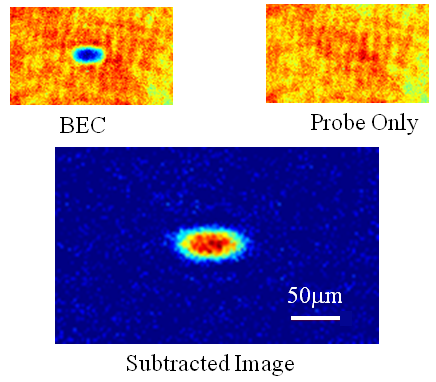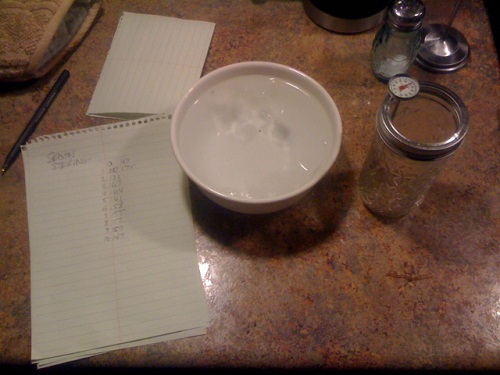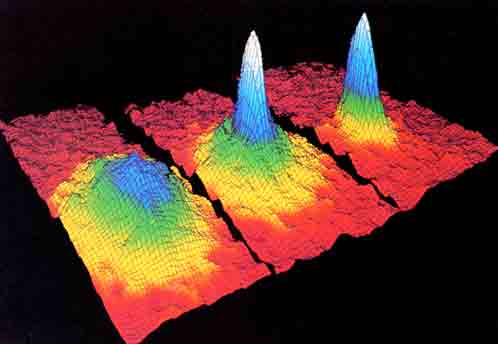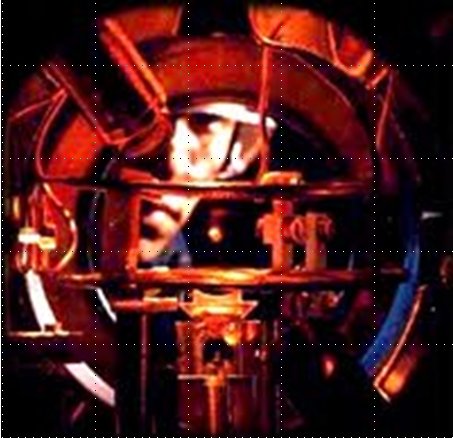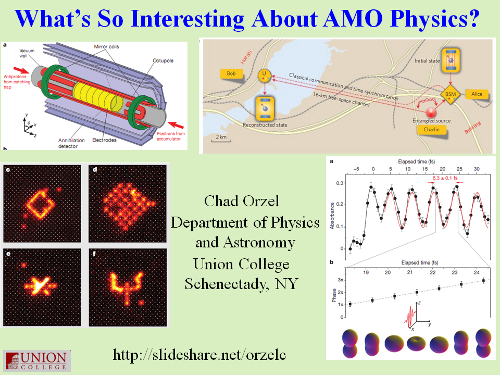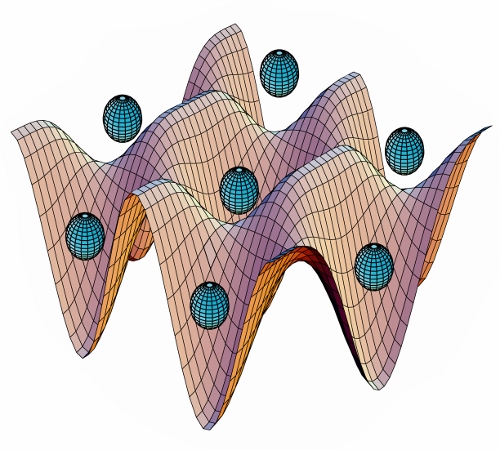This is probably the last trip into the cold atom toolbox, unless I think of something else while I’m writing it. But don’t make the mistake of assuming it’s an afterthought– far from it. In some ways, today’s topic is the most important, because it covers the ways that we study the atoms once we […]
